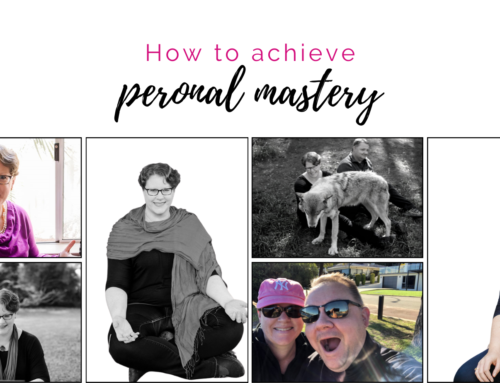Schedule will always be in competition with cost and quality – but who’s monitoring the stress that goes with them all?
There’s always been a battle for supremacy between schedule versus cost versus quality when making decisions about the format that projects take and which takes priority at any given moment … but there’s a fourth element that is very rarely factored into the equation.
Stress.
It’s a hot focus for 2020 thanks to the World Health Organisation (WHO) redefining burnout in May 2019 and directly linking it to workplace stress. This one simple act seems to have brought the world’s attention to an area that has operated under the radar – stealthily growing into a global epidemic without anyone taking any notice.
It’s always been there, and it’s always taken a toll, but not in the proportions that we’re now experiencing – and never with the attention that it’s currently receiving.
‘Wellness and health’ is currently sitting at number 2 on the ‘Hot Topics’ list for all conventions and conferences. And this should not be surprising to anyone because every organisation in the world is suddenly grappling with reduced productivity, increased absenteeism, increased presenteeism and a general lack of engagement across their workforce.
Life has suddenly gotten harder for almost everyone, and it’s the organisations who are in the cross‑hairs to provide a solution.
So where to from here?
It’s the age-old way of doing things that have brought us to this point. So, the age-old ways of doing things aren’t going to move you forwards.
It’s time to do things differently, and you can start by moving past managing and stepping into leading your organisation and teams in a different way.
When you’re addressing the schedule-cost-quality debate, add in the fourth component – stress – so you can see the impact on your workforce and the additional load that’s placed as a result.
Once you’ve factored this in – and taken steps to understand where that stress is coming from, then you can decide what the appropriate schedule-cost-quality mix should be for your project. You’ll then be ready to take action:
- Step into a leadership role and show your workforce what is expected of them;
- Show them how to manage their health and wellbeing within each project by effectively and efficiently managing your own and clearly role modelling that for your team;
- Provide training to your workforce than enables them to self-regulate their stress, their health and their wellbeing every day – in a way that matches their unique and individual needs.
- Create a proactive, effective and efficient organisational health and wellbeing plan that supports the ongoing wellness of your workforce.
Including the impact of stress into the schedule-cost-quality debate will provide you with a more holistic view of the outcomes you can expect.
Stepping up and leading your workforce in a way that helps them to better regulate their health and wellbeing on an ongoing basis will then lead to increased productivity.






